Tiger Safari Pench
Like the other reserves in Central India, wildlife safaris are organized by the Pench Forest Department under the aegis of the state government. The safaris are the only way of exploring and enjoying the wildlife of the park. You can carry binoculars and bird books with you. Your hotel will provide breakfast in the morning to be consumed at a designated place. The naturalist or guide will help in the interpretation of the park ecosystem and the animals and birds you come across.
The safaris are organized during the early morning and late evening period and each has to be booked prior to the excursion. The rides are on a privately hired forest jeep registered with the department, or on a shared canter managed by the MP Tourism Department of the State Government. The morning rise is usually five hours, and the evening ride is usually three hours and ends before the sun sets in. The charges are mentioned on the MP Government Portal which provides all details.
A forest guide accompanies the tourist jeep as mandatory and you can also hire a naturalist provided his name is mentioned on the permit. There are many rules and regulations that are applicable to the excursions, and they have to be strictly followed.
Permit Booking
There is a centralized portal called MPOnline that facilitates safari booking at Pench National Park in India. All those partaking in the safari have to be mentioned and this should be supported by a photo ID or passport in the case of overseas visitors.
At the time of booking please keep the ID details of all tourists on the jeep. Since the tourism zone in the core of the protected area is divided into zones you have to choose one. During the excursion, you cannot cross over to another zone remember this. You are now allowed to get down of the vehicle except at designated spots and please do not litter or make a loud noise.
Carry warm clothes in the winter, and the necessary medicines, but no alcohol, firearms, hunting knives, or cannons Ha! Just carry a smile and wish Namaste to all the forest people and the animals and birds you come across.


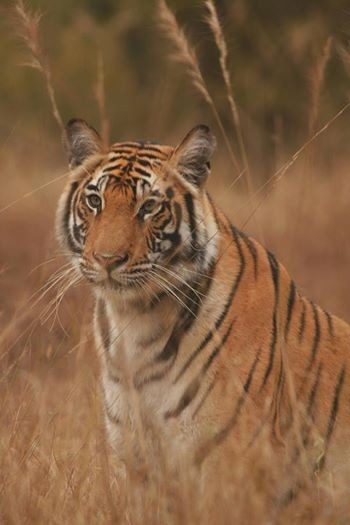
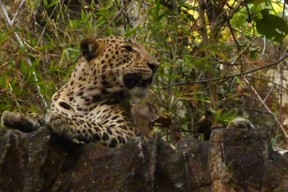 The forests are a part of the Central Indian Highlands which James Forsyth has written about so extensively. The tracts that extended to more than five thousand sq. km. are now fragmented. Wildlife conservation efforts have helped in saving these precious jewels that we have inherited.
The forests are a part of the Central Indian Highlands which James Forsyth has written about so extensively. The tracts that extended to more than five thousand sq. km. are now fragmented. Wildlife conservation efforts have helped in saving these precious jewels that we have inherited.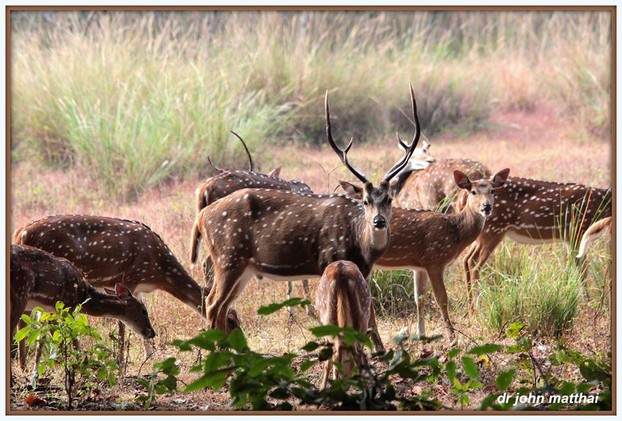
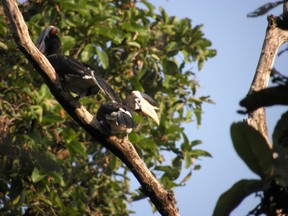 Pench is rich in birdlife though most of it is unexplored. The striking number of avian species makes this one of the most potential birding destinations in India. Due to the presence of the Totlah Doh Dam in the park, there is great scope for watching wetland as well as forest birds. A large number of migrating species arrive here in winter.
Pench is rich in birdlife though most of it is unexplored. The striking number of avian species makes this one of the most potential birding destinations in India. Due to the presence of the Totlah Doh Dam in the park, there is great scope for watching wetland as well as forest birds. A large number of migrating species arrive here in winter.

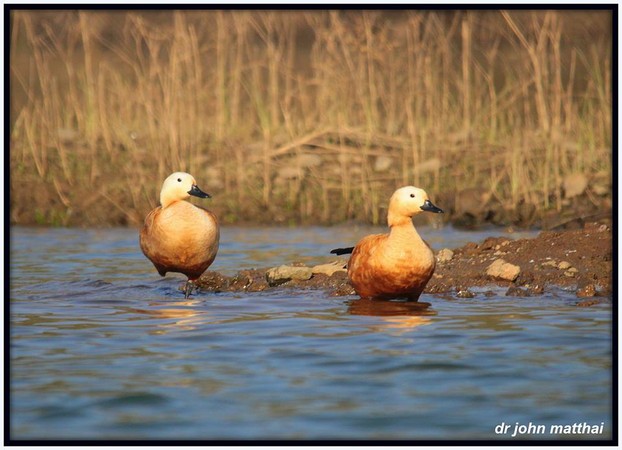
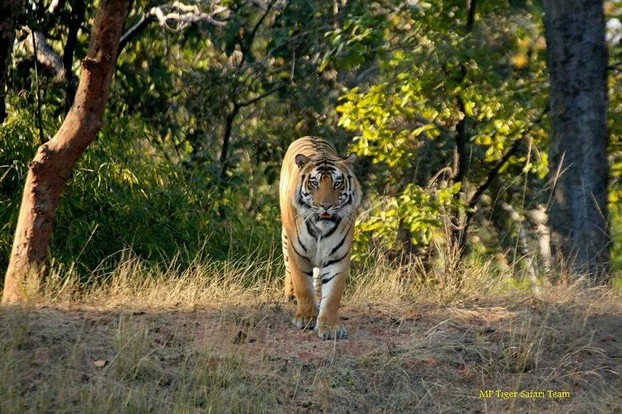
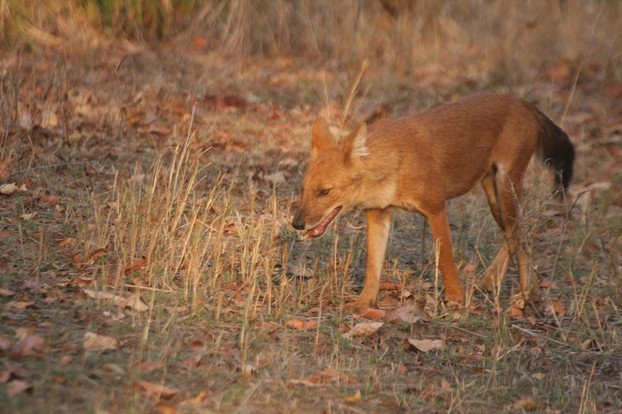



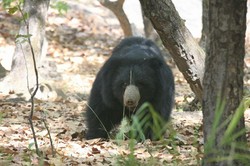

 Full Day Safari in Bandhavgarhon 08/29/2023
Full Day Safari in Bandhavgarhon 08/29/2023
 SEO Campaign: Website Overhaulon 02/13/2023
SEO Campaign: Website Overhaulon 02/13/2023
 Indian Food It Is Not All Curryon 02/08/2023
Indian Food It Is Not All Curryon 02/08/2023
 How Tiger Tourism is Organized in India?on 02/07/2023
How Tiger Tourism is Organized in India?on 02/07/2023
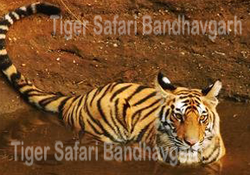
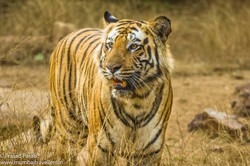
Comments
Increasing human population and settlements encroaching into forests.
pateluday, Thank you for practical information, pretty pictures and product lines.
What accounts for formerly 5,000-plus-square-kilometer tracts ending up fragmented? Is it part of dividing into ranges and buffer and core ranges? Or is it something else, like having to sell off land to developers for budgetary reasons?
Pench is a tiger heaven
This days in india
Best tigers sighting in PENCH national park